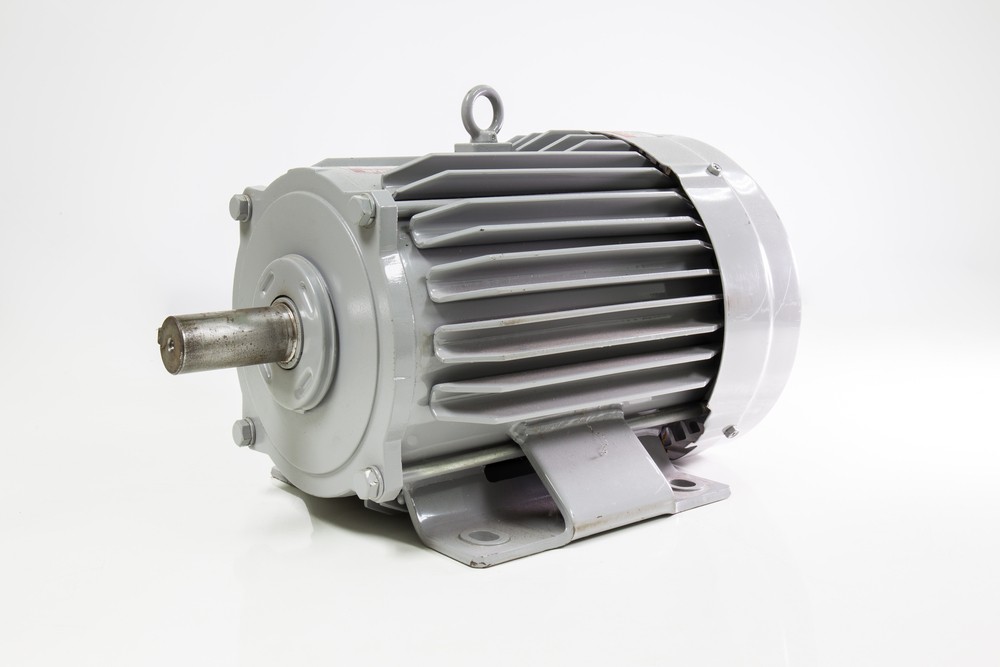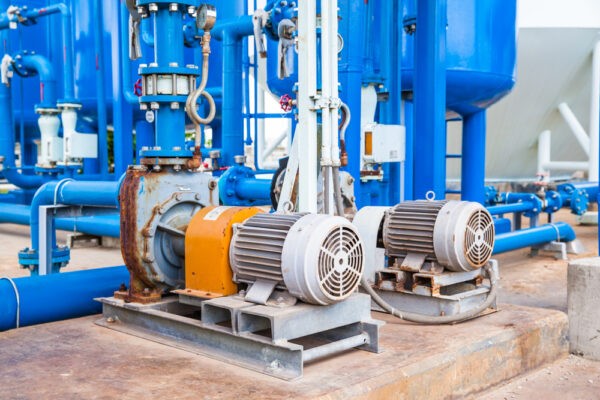5 Simple Preventive Maintenance Tips for AC/DC Motors

In many production environments, both AC and DC motors are the engines that drive countless machines. As a result, their smooth operation is vital for maintaining productivity. But like any machine, motors are susceptible to wear and tear. The good news is, a proactive and preventive maintenance plan can significantly extend your motor’s lifespan and prevent costly downtime.
Here are a few key areas of consideration to keep your AC/DC motors in good condition and keep your equipment functioning at its fullest potential.
1. Maintain cleanliness
Dust, dirt, and debris can wreak havoc on a motor. A clogged ventilation system can lead to overheating, while grime buildup on windings can disrupt electrical flow. Incorporating basic cleaning procedures into routine maintenance can significantly improve motor function and lifespan. Regularly remove dust and debris from the motor housing and ventilation system using a dry cloth or compressed air from a safe distance. For stubborn grime buildup, consider a professional cleaning service.
2. Tailor lubrication to each individual motor
While some motors are self-lubricating, others rely on periodic lubrication to keep bearings functioning smoothly. But over-lubrication can be just as detrimental as under-lubrication, so consult your motor’s manual for specific lubrication instructions, paying close attention to lubricant type and frequency.
3. Watch for warning signs of motor trouble
Even with proper maintenance, motors can show signs of distress. Abnormal noises like grinding, screeching, or excessive vibration are all indicators of potential bearing problems. Operating temperature is also a factor. A hot motor is a stressed motor. Check for proper ventilation and have it inspected if the motor consistently runs excessively hot. And if your motor is struggling to maintain speed or output, it could be a sign of internal wear or electrical issues.

4. Track motor performance and trends
Proactively monitor your motor’s performance to identify potential issues before they become major problems. Regularly take readings of motor parameters like vibration levels, operating temperature, and current draw. Keep a log of these readings to track trends over time, looking for any significant changes or deviations from normal operating parameters. Investigate any anomalies to identify potential root causes before they lead to a breakdown.
5. Consider a rewind if performance issues arise
Motors are complex machines, and even with good maintenance, their windings can eventually deteriorate. Rewinding involves meticulously removing the old windings and replacing them with new ones. This can be a cost-effective way to extend the life of your motor, particularly for larger or critical motors. Since rewinding is a specialized skill best left to qualified technicians, factors to consider include:
- Generally, rewinding is more cost-effective for larger or hard-to-replace motors.
- Extensive internal damage might make a rewind impractical.
- If a new motor is available at a comparable cost, rewinding might not be the best option.
Keep your critical equipment going
When it comes to maintenance and proactive action, always refer to your motor’s specific manual for detailed maintenance instructions. A little effort now can save you significant headaches (and costs) down the road. By implementing a turnkey maintenance approach for each motor, you can ensure they keep your industrial operations running smoothly for years to come.